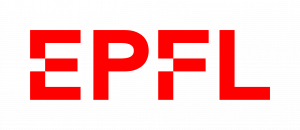Course instructors
Prof. Rolf Gruetter
Rolf Gruetter is Professor at EPFL Head of the Laboratory for functional and metabolic imaging and Director of the Center for Biomedical Imaging (CIBM) since 2004. He received his undergraduate and graduate degrees in Physics and Biophysics, respectively …

